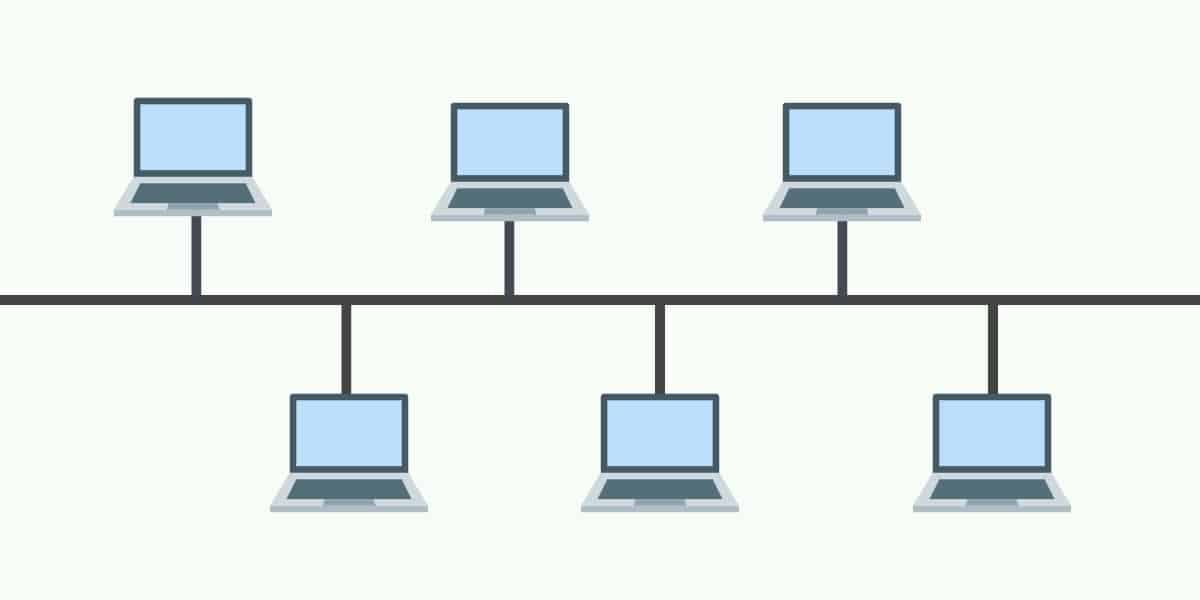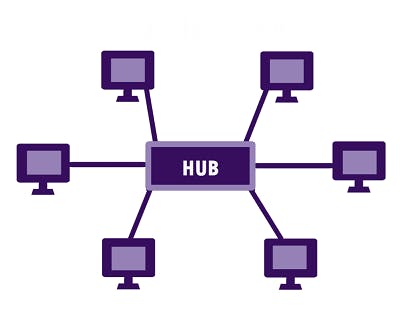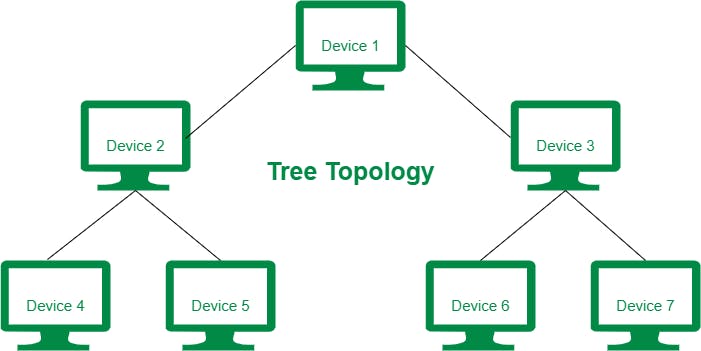Network Topologies
Introduction:
The pattern of the interconnection of nodes in a network is called Topology
The selection of Topology for a network is mainly influenced by :
1. Cost: For a network to be cost-effective, one would try to reduce the cost of installation. This can be achieved by laying a pattern of a network within a range
2.Flexibility: When we apply a network to a house there are chances that we may change our house in the future, therefore laying flexible networks is important
3.Reliability: The reliability of a network is important because it should withstand the climatic changes around us and should not cause a lot of money if there is a repair
In this blog we will see about three main topologies namely:
1. Bus Topology 2. Star Topology 3. Tree Topology
Bus Topology:
In this type of network, all the nodes(computers) are connected to a single backbone cable where all the nodes can transform messages but have to be done one after the other all the nodes cannot send information at a particular moment

Advantages:
- It is easy to extend
- It is easy to install
- It is less expensive
Disadvantage:
- If there is any problem in a single node then the total system shuts down
- Troubleshoot is difficult
- Isolation of the faulty node is difficult
Star Topology:
In this type of Topology, all the nodes are connected to a central system in a star-like formation which acts as a hub for the entire network

Advantages:
- If there is any problem in a single node it does not affect the entire system
- Troubleshoot is easy
- Faulty nodes can be easily isolated
Disadvantage:
- It is difficult to expand
- It is a bit expensive when compared to the bus topology
- Cost of installation is also high
Tree Topology
It is a combination of both bus and star topology where a central node
is connected to all the systems in a single path(bus topology)
 Star topology)
Star topology)
Advantages:
- It is supported by several hardware and software vendors
- It uses point-to-point writing for individual segments
Disadvantage:
- If the backbone line breaks, the entire segment goes down
- It is more difficult to configure and wire than other topologies
- It is more difficult to configure and wire than other topologies